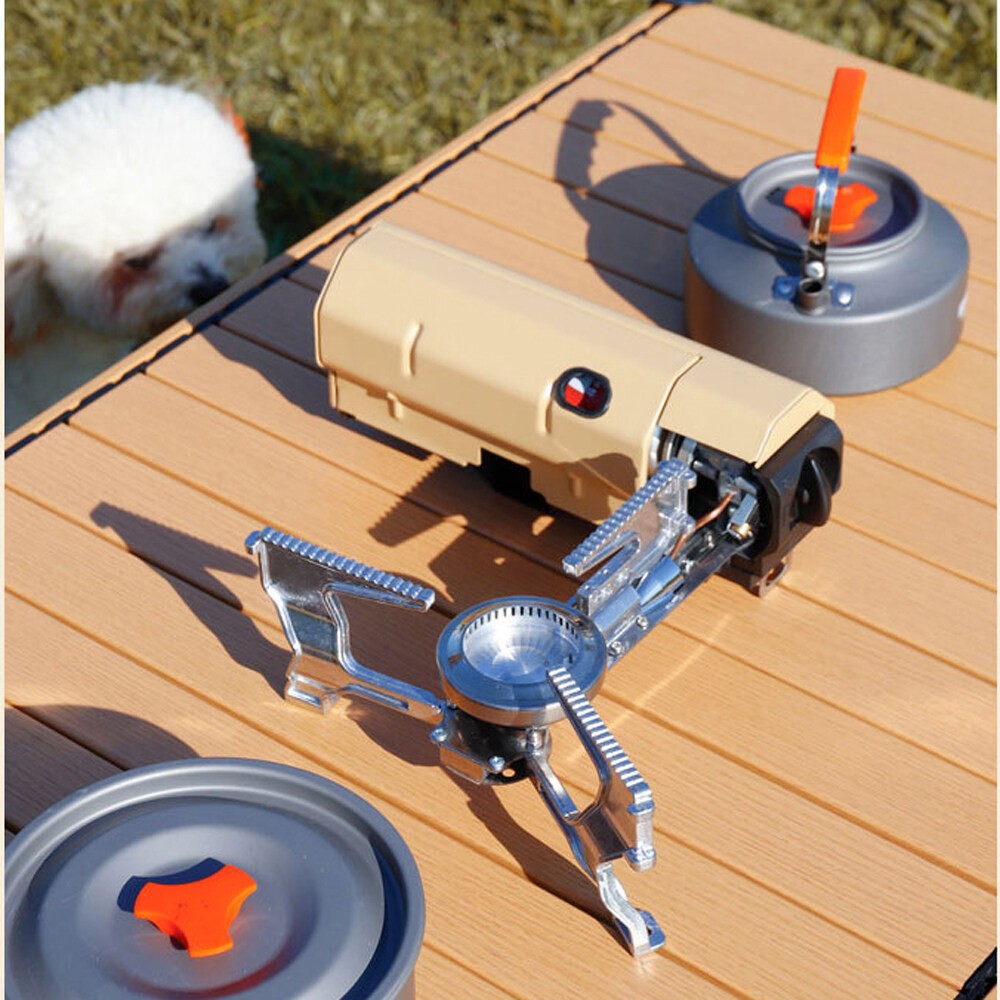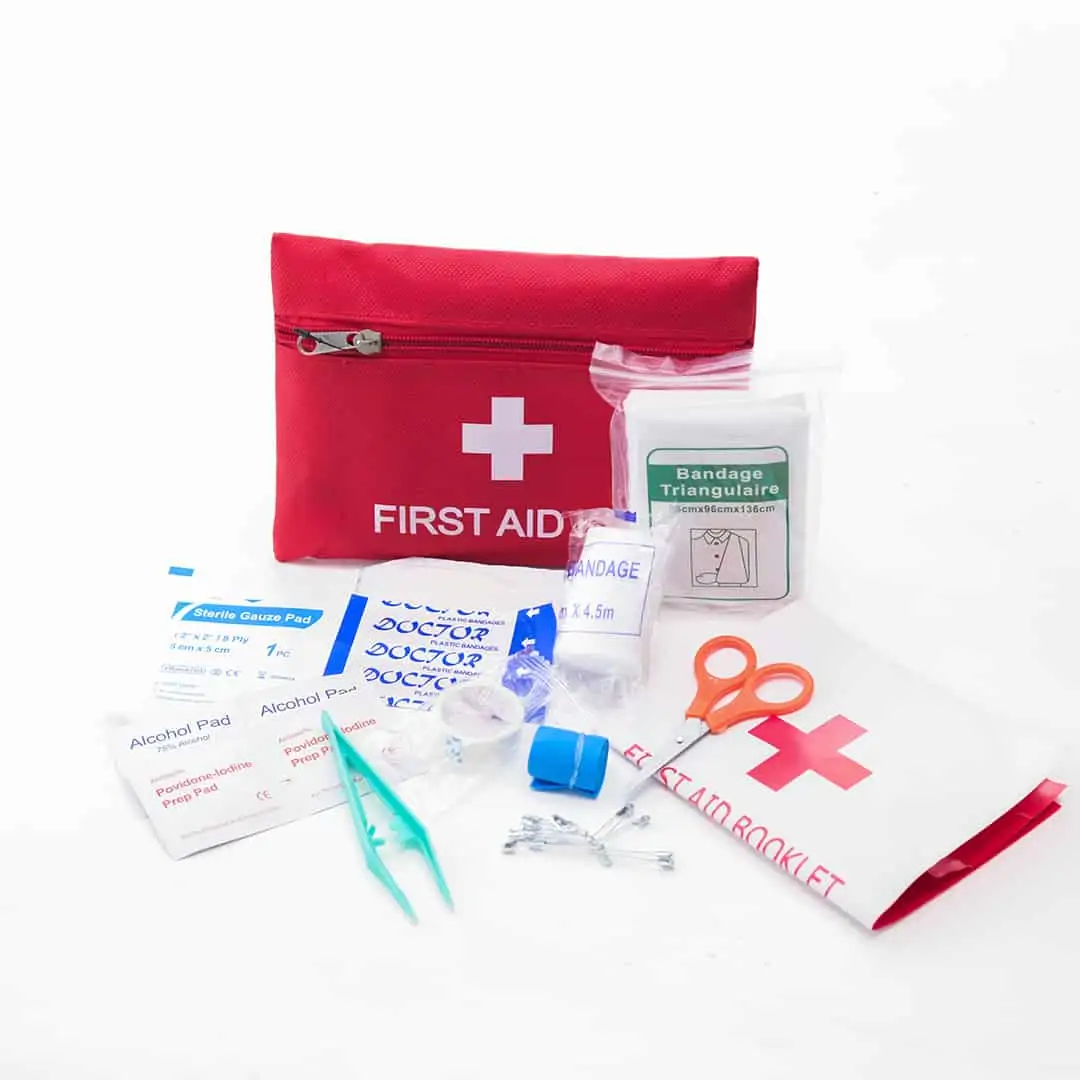Efficient Cooking in the Wild:
Tips for Using Camping Stoves Safely
There’s nothing quite like sitting around a crackling campfire at the end of an adventurous day, roasting marshmallows as the stars wink into view overhead. However, campfires aren’t always possible if fire restrictions are in place.
That’s where camping stoves shine! These portable cookers allow you to quickly and safely prepare tasty meals in the great outdoors. When used properly, camping stoves enable efficient cooking without the fire risks.
However, operating a camping stove does come with safety considerations. In this article, we’ll provide tips for using your camping stove in the wilderness while avoiding potential hazards.
Overview of Camping Stove Safety
While convenient and useful, camping stoves do require caution when used out in the elements. Different stove types come with particular risks, including:
- Fires – Flammable surfaces and spilled fuel can ignite accidentally
- Explosions – Pressurized fuel tanks/canisters may explode if overheated
- Carbon monoxide poisoning – Can occur if used in enclosed spaces lacking ventilation
Thus, following proper usage and safety precautions with your camping stove is absolutely vital. Doing so ensures your outdoor cooking setup is efficient and without unwanted disasters on your camping adventures.
1. Choosing a Quality Camping Stove
The first step is choosing a reliable camping stove that meets your specific cooking needs in the wilderness. Models vary widely, but ideal stoves have:
- Appropriate fuel type (propane, butane, wood, etc.)
- Suitable BTU output to boil water and simmer dishes
- Easy-to-use design and helpful safety features
- Solid reviews from other outdoor enthusiasts
One highly recommended option to consider is the FoldNGo 2600W Portable Stove. It’s a top-rated portable cooker with outstanding safety:
- Compact, foldable setup for portable cooking
- 2600W power enables rapid water boiling
- Helpful flame control and anti-slip feet
- Auto fuel shutoff when pressure gets too high
This versatile camping stove allows you to cook meals efficiently nearly anywhere while keeping risks at bay.
2. Setting Up Your Stove Properly
Once you’ve selected an excellent camping stove for your needs, proper setup is key for both performance and safety during outdoor cooking sessions.
Some best practices when placing your camping stove include:
- Locate a flat, stable, non-flammable surface
- Position in area with good ventilation to prevent carbon monoxide buildup
- Keep stove several feet from tent walls due to fire risks
- Set up according to instructions, using manufacturer’s approved windscreens or supports
These simple steps provide a safer, more controlled cooking environment for your next backcountry chef session!
3. Using Your Stove Cautiously
Once your camping stove is properly situated at your campsite, cautious usage is crucial every time you fire it up.
Before lighting the stove, double check that:
- The stove is in good working order with no damage
- The fuel line is tightly secured with no leaks
- No flammable items are nearby which could ignite
When igniting your camping stove, avoid open flames to light it. Instead use manufacturer approved lighters/igniters to keep hands and body safely away from the initial flare.
And perhaps most importantly – never leave a hot stove unattended! Camping stoves can easily tip over, ignite dry tinder, or have other unexpected issues arise. So remain present to supervise your stove until cooking is done.
4. Cooking Efficiently and Safely
Your perfectly chosen stove is set up safely, so now it’s time to start efficiently cooking up a delicious meal after a day of hiking by the lake!
Follow these tips to ensure safe and savory campsite cuisine:
- Cook over low heat whenever feasible to conserve fuel
- Use designated cookware that won’t shatter from high stove heat
- Handle hot surfaces cautiously to avoid painful burns
- Keep kids and pets safely away from the hot stove & food
And don’t forget – quickly extinguish stove flames before leaving them unattended after finishing the meal!
Now you can relax by the fire with full bellies and adventure stories without worrying about camping stove catastrophes! You have the knowledge for secure, efficient open-air cooking that’ll make camp cuisine a joy.
5. After Cooking
You’ve enjoyed another delicious meal thanks to your trusty camping stove. But the job isn’t done yet!
Before packing up, be sure to:
- Fully extinguish any remaining stove flames
- Allow the stove to completely cool before handling to prevent burns
- Disconnect fuel lines/canisters and store properly away from heat sources or flammable objects
- Give the stove a quick clean to prevent food/grease residue issues
Taking these simple steps after every use ensures your camping stove stays in reliable working order for many future hiking meals!
6. Dealing With Emergencies
Hopefully you’ll never encounter camping stove disasters in the wilderness. But emergency preparedness is always wise.
Be sure to:
- Pack a well-stocked first aid kit and have emergency contacts/locations available
- Know how to properly operate a fire extinguisher in case of unexpected flames
- Carefully read manufacturer manuals/instructions to quickly address any malfunctions
By planning ahead for potential emergencies, you can deal with any unlikely camping stove issues promptly and without panic.
Now get out there are start cooking awesome camping cuisine efficiently and safely!
FAQs about Camping Stove Safety Tips
No. Never use a stove inside your tent due to fire, carbon monoxide poisoning and ventilation dangers.
Clean your camping stove thoroughly after every use to prevent residue buildup. Periodically inspect for damage before trips.
Only use windscreens specifically approved by your camping stove’s manufacturer to avoid hazardous overheating.
Fuel should always be stored away from stoves, tents, direct sunlight and heat sources to prevent fires or explosions.
Carry an emergency first aid kit. Know your location. Identify nearby emergency facilities and have their contact details available.
Thank you for taking the time to explore our article! If you’re hungry for more camping tips and outdoor adventures, check out our next insightful piece on essential gear for a memorable experience here. Happy reading!




Shop Our Gears
Camp & Hike
TAHAN
COMBO
SLEEP SYSTEM
More tips that you might find useful:
12 Secrets to Getting Cheap Flights in Malaysia
马来西亚露营:户外探险综合指南
Camping in Malaysia: A Comprehensive Guide to Outdoor Adventures
Conquering Mount Kinabalu: A Hiker’s Guide to Malaysia’s Highest Peak
Camp Cooking Gear Guide – Build the Ultimate Camp Kitchen!
Top 5 Most Popular Campsites in Selangor
Ultimate Guide to Tropical Leisure Camping in Malaysia: TAHAN’s Top 5 Gear Picks
The Ultimate Guide to Hammock in Malaysia: Comfort, Adventure, and Relaxation